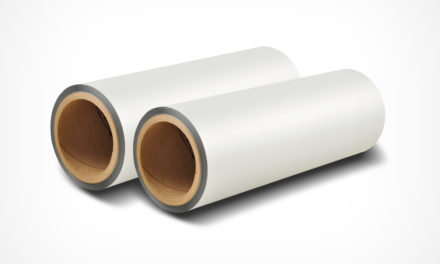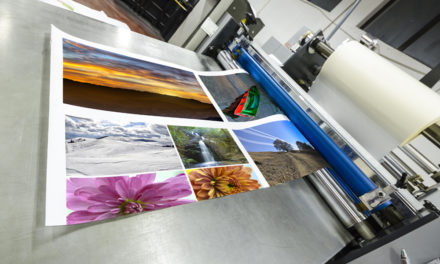There are many misconceptions about print lamination amongst consumers who don’t completely understand the process. In an effort to shed light on some of these common claims, we’ve debunked a few myths about lamination and how it works.
Myth #1: Laminate is too expensive. Laminate is not expensive when you consider the value you’re adding to the work by giving it a proper coating. Simple ink on paper is a low margin commodity; taking the time and effort to enhance the print with a laminated finish makes it more valuable and, ultimately, gives it a longer lifespan.
Myth #2: Laminating takes too much time. This statement is all about perception. Sure, the process can be time-consuming if you’re processing under the sheets per hour method, as opposed to using a modern or commercial press. However, more and more cost-effective, production laminators are coming to market that allows in-house production to be very efficient.
Myth #3: Laminate can’t be dye-cut. It can be done under the right circumstances and with the right process. This technique is utilized all the time, stretching laminate beyond its normal perimeters to create new methods of use.
Myth #4: Laminate can only come in gloss or matte finishes. This is absolutely untrue these days, as a wide variety of finishes are available on the market. Other design elements include leather, linen, tactile additions, holographic effects, and more.
Myth #5: Laminate isn’t eco-friendly. These days, it can be. Print shops can develop biodegradable film. Sometimes adhesives aren’t always eco-friendly, but more brands are adapting to this every day.
Myth #6: Laminate can’t be folded. Yes, it can; if you’re using thin-gauge film, it can be manipulated into foldable cartons and other materials.
While some of these myths may have once been true, modern adaptations have proven them to be false today.





